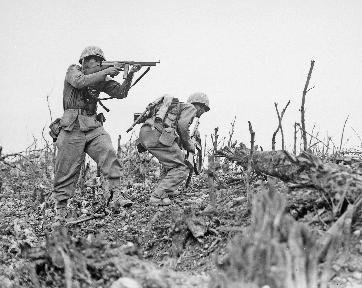Quiz Answer Key and Fun Facts
1. What was the name of the military operational designation of the Dam Busters raid?
2. What was the name of the famous scientist and engineer who devised the bouncing bomb used by the Dam Busters?
3. What was the codename given to the bouncing bomb used during World War II?
4. Which aeroplane was specially adapted to hold the bouncing bombs that targeted German dams?
5. The Möhne, Sorpe, Ennepe and Eder were the four main dams that were due to be targeted by bouncing bombs. Near to which industrialised area of Germany can these be located?
6. Which British Royal Air Force Squadron was formed for the purpose of delivering the bouncing bombs into enemy land?
7. Who was the RAF Wing Commander in charge of the Dam Busters raid?
8. On what date did the Dam Busters raid take place?
9. The aftermath of the Dam Busters raids reached far and wide. Which of the following groups lost the most number of lives?
10. The same RAF Squadron which delivered bouncing bombs went on to fight many more battles during and after World War II. What did their motto become?
Source: Author
Plodd
This quiz was reviewed by FunTrivia editor
bloomsby before going online.
Any errors found in FunTrivia content are routinely corrected through our feedback system.


